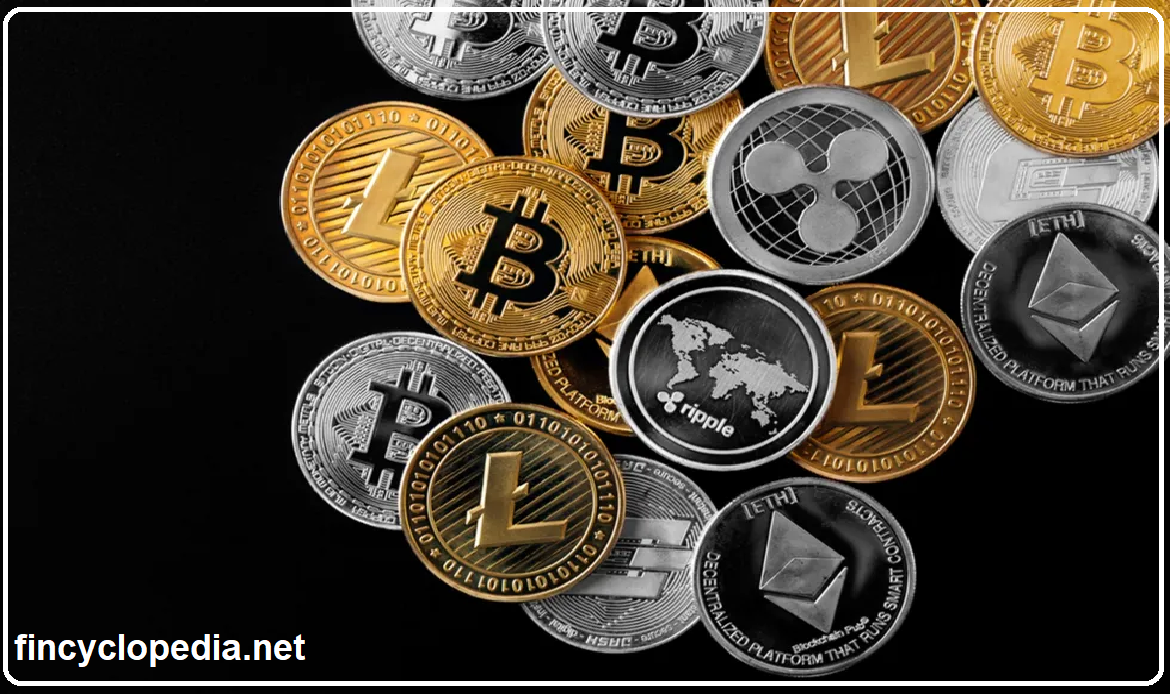A set of measures or tools that can help a creditor/ lender or broadly a market player with certain exposures to mitigate or eliminate the credit risk associated with a transaction/ investment/ instrument. Examples include credit risk/ default risk that may arise from default by an issuer or a borrower’s inability to make timely payment/ repayment of interest and principal amount (for loans, bonds, etc.)
Credit protection markets consist of buyers and sellers of credit protection: buyers include banks, as net buyers of credit protection typically due to their needs of protecting their loan portfolios against default by customers, business and individual. In addition to banks, investors in sovereign or private-sector debt may also seek protection for underlying debt (usually through specific tools/ instruments- e.g., credit derivatives (e.g., credit default swaps, credit default options, etc.) Sellers of credit protection may include financial institutions that seeks to make profit by providing such protection to the financial sector. This involves risk pooling (essentially an insurance technique): financial risks from various market players are shared evenly among a large number of risk factors.
In the context of credit cards, credit protection encompasses credit monitoring, identity theft protection, credit card purchase protection, and credit insurance.







